In-car technology is meant to make driving easier and more convenient, but sometimes it does the opposite. With overly complicated interfaces and features that seem more frustrating than helpful, some innovations miss the mark. In this article, we’ll explore 16 of the least user-friendly in-car tech innovations that leave drivers feeling more confused than connected.
Contents
Touchscreen-Only Controls

While touchscreens offer a sleek and modern look, they often lack the tactile feedback of physical buttons, making it difficult to adjust settings like volume or temperature without taking your eyes off the road. This can lead to distracted driving as users must carefully navigate through on-screen menus. Furthermore, touchscreens can be unresponsive in extreme temperatures or when used with gloves, making the experience even more frustrating.
Voice Recognition Systems

Many voice recognition systems struggle with accuracy, often failing to understand simple commands or requiring overly specific phrasing. This can result in drivers repeating instructions multiple times or having to manually adjust settings, defeating the purpose of a hands-free experience. Background noise, accents, or even variations in speech can further confuse these systems, making them unreliable in real-world conditions.
Complex Infotainment Menus
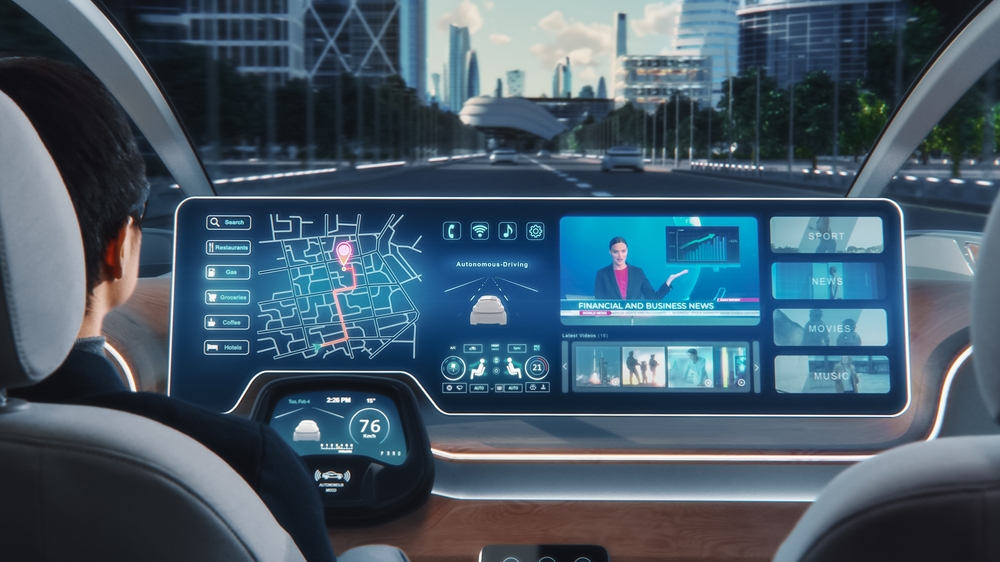
Infotainment systems are supposed to streamline access to media, navigation, and vehicle settings, but many have overly complex and layered menus that are difficult to navigate. Drivers can easily get lost in a maze of options, making it harder to perform basic tasks like changing a radio station or adjusting navigation. This complexity adds unnecessary stress, especially when driving.
Overly Sensitive Lane-Keeping Assist

Lane-keeping assist is designed to help drivers stay within their lane, but overly sensitive systems can become a nuisance. These systems often overcorrect for minor lane drifts, even when it’s unnecessary, leading to a constant tug-of-war between the driver and the car. This excessive intervention can feel more like a hindrance, especially on winding roads or in tight spaces.
Gesture Controls
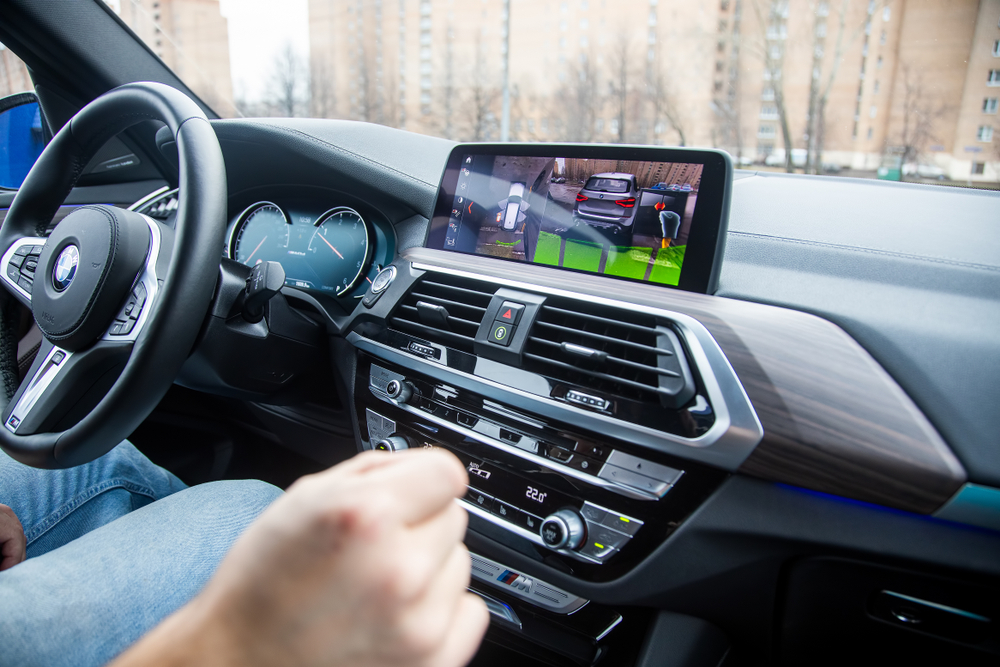
In theory, gesture controls are supposed to provide a futuristic way to interact with in-car systems, but in practice, they often misinterpret simple hand movements. These controls can be inconsistent, failing to recognize gestures or accidentally triggering unwanted functions. Drivers might find themselves waving their hands in frustration, trying to get the system to respond correctly, which can be distracting and counterproductive.
Overcomplicated Climate Control Systems
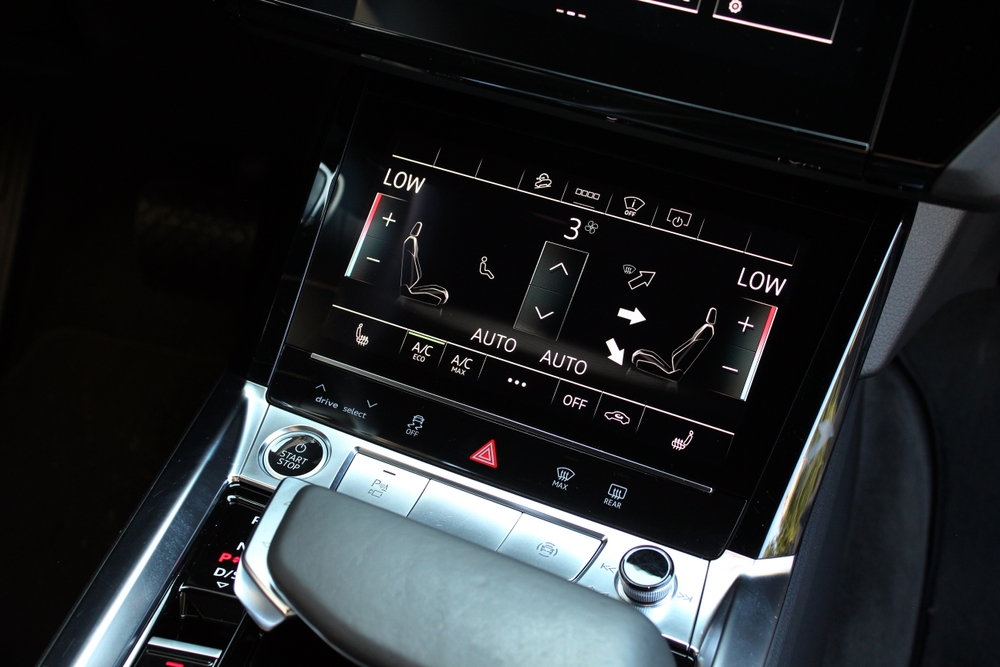
Some vehicles now require drivers to use the touchscreen or multiple buttons to control basic climate settings, making what should be a simple adjustment unnecessarily complicated. Instead of a simple dial to adjust the temperature, users must navigate through menus or press several buttons just to turn on the air conditioning, making it difficult to make quick changes while driving.
Adaptive Cruise Control Sensitivity

Adaptive cruise control is designed to adjust speed based on the distance from the car ahead, but some systems are overly cautious, leading to abrupt braking even when it’s not necessary. This disrupts the driving experience, especially in flowing traffic, and can even confuse or frustrate other drivers on the road. The sudden, unnecessary braking also makes the drive feel jerky and unpredictable.
Auto-Stop/Start Engine Function
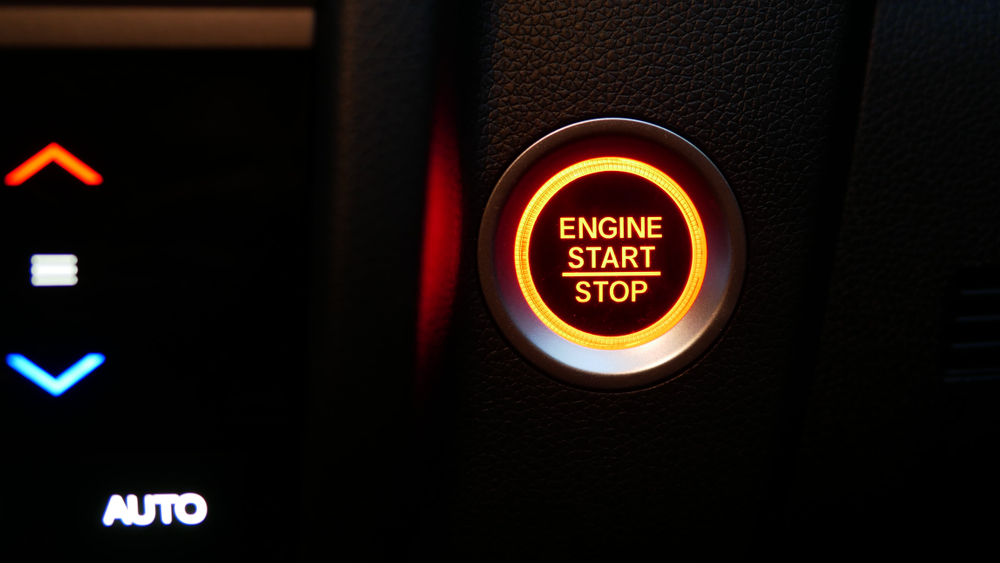
While the auto-stop/start function is intended to improve fuel efficiency by shutting off the engine at stops, it often results in jerky restarts and can become annoying in stop-and-go traffic. Many drivers find the slight delay when the engine restarts to be jarring, particularly when trying to accelerate quickly from a stop. The feature can also cause wear on the starter motor over time, making it more of a hassle than a benefit.
Unintuitive Navigation Systems
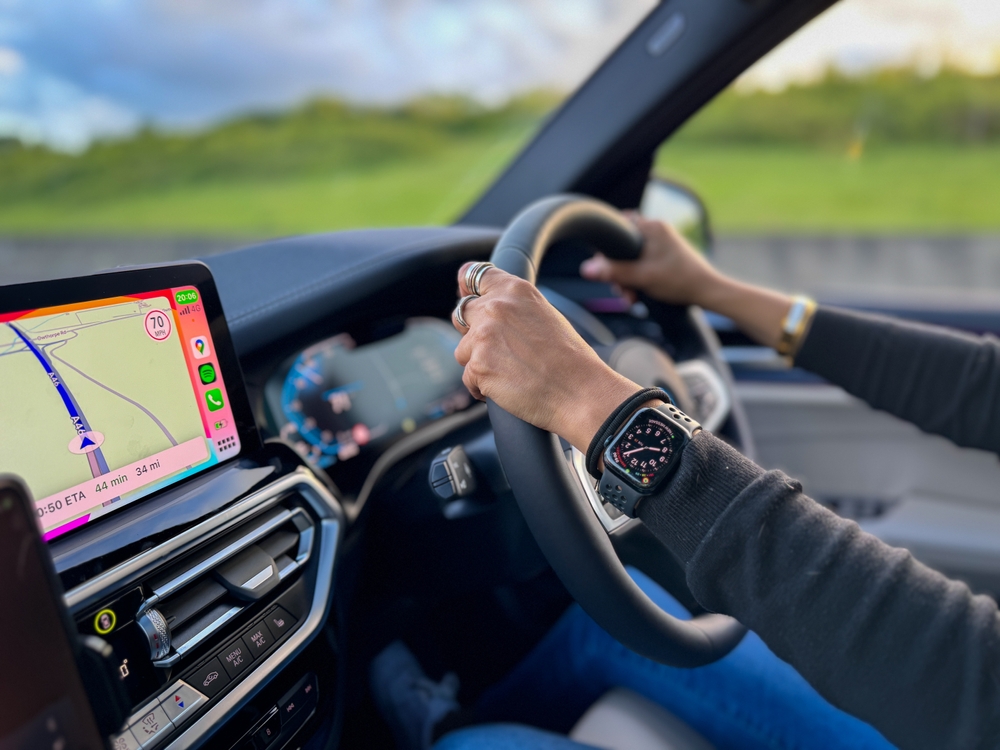
Navigation systems are meant to provide seamless guidance, but some are plagued with confusing interfaces and unintuitive input methods. Entering an address can become a chore, with options hidden deep within layers of menus. Worse, some systems are slow to respond or provide outdated maps, leading drivers to rely on their phones instead.
Remote App Controls
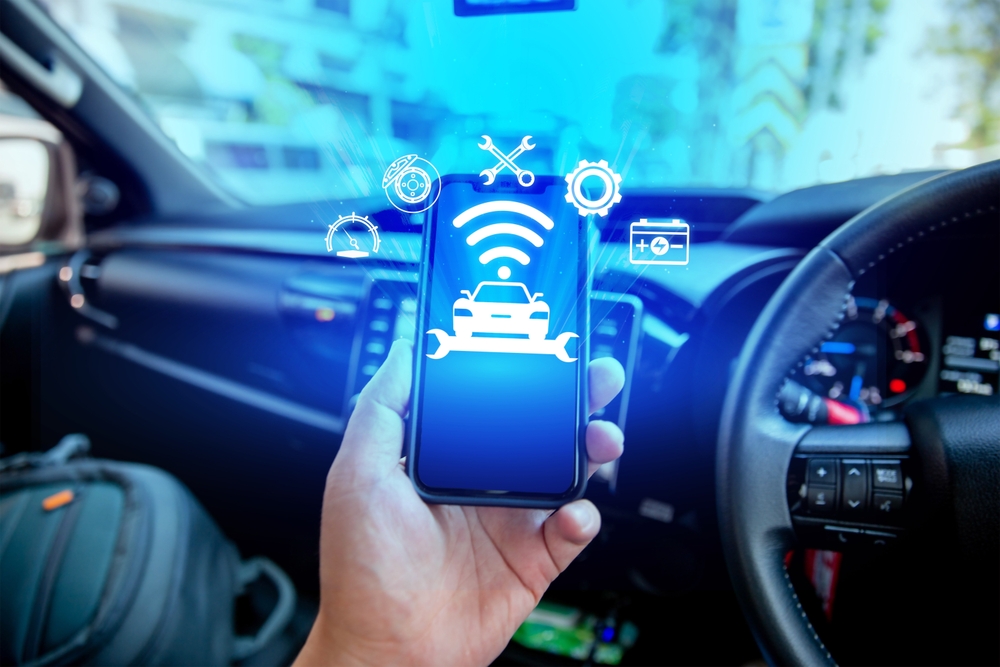
Many modern cars offer apps to remotely control features like door locks, engine start, and climate control. However, these apps often suffer from lag, poor connectivity, or limited functionality. Users may find that the app doesn’t always connect to the car, leaving them frustrated when trying to start the engine or pre-condition the cabin remotely, especially in extreme weather conditions.
Proximity Sensors with Excessive Alerts
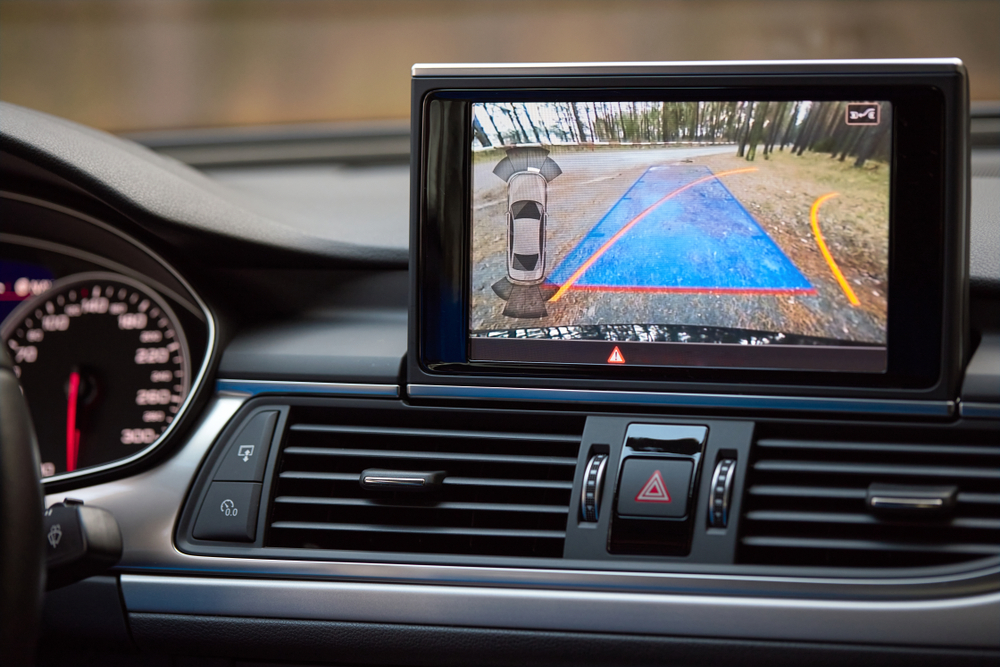
Proximity sensors are supposed to help drivers avoid obstacles, but in many cars, they are overly sensitive and generate constant beeping for even minor proximity situations. Whether it’s parallel parking or navigating through tight spaces, the endless alerts become more of a stressor than a helpful guide. Over time, drivers may start ignoring the alerts, reducing their effectiveness.
Difficult-to-Use Wireless Charging Pads
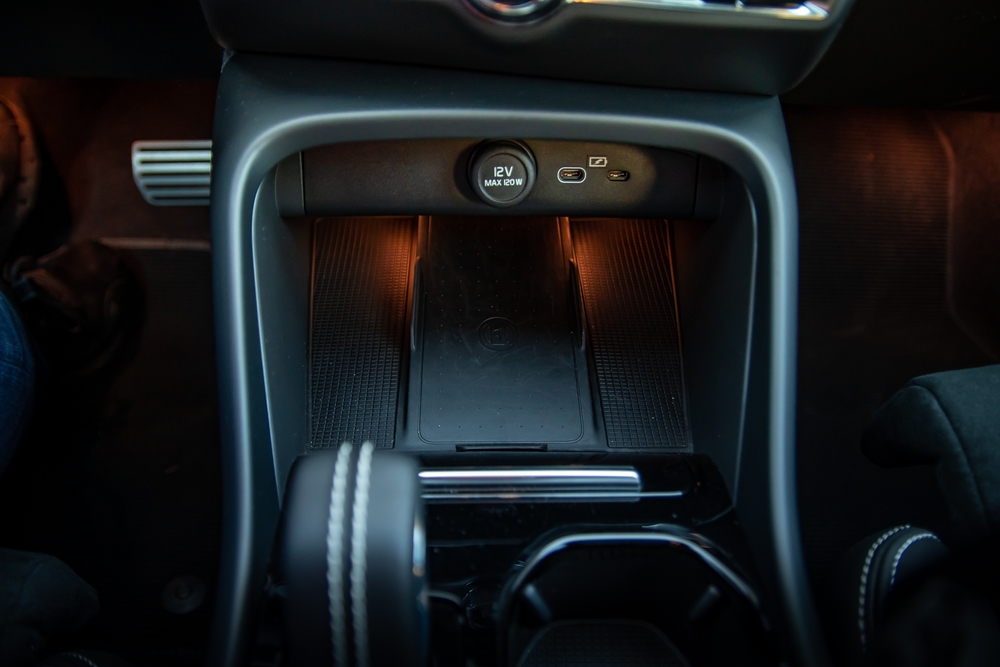
Wireless charging pads sound convenient, but many suffer from poor phone alignment issues, causing inconsistent charging. If the phone isn’t placed in exactly the right position, it won’t charge, leading to frustration as drivers constantly reposition their devices. Additionally, some pads are incompatible with certain phone cases, making them less reliable overall.
Overcomplicated Keyless Entry/Start Systems
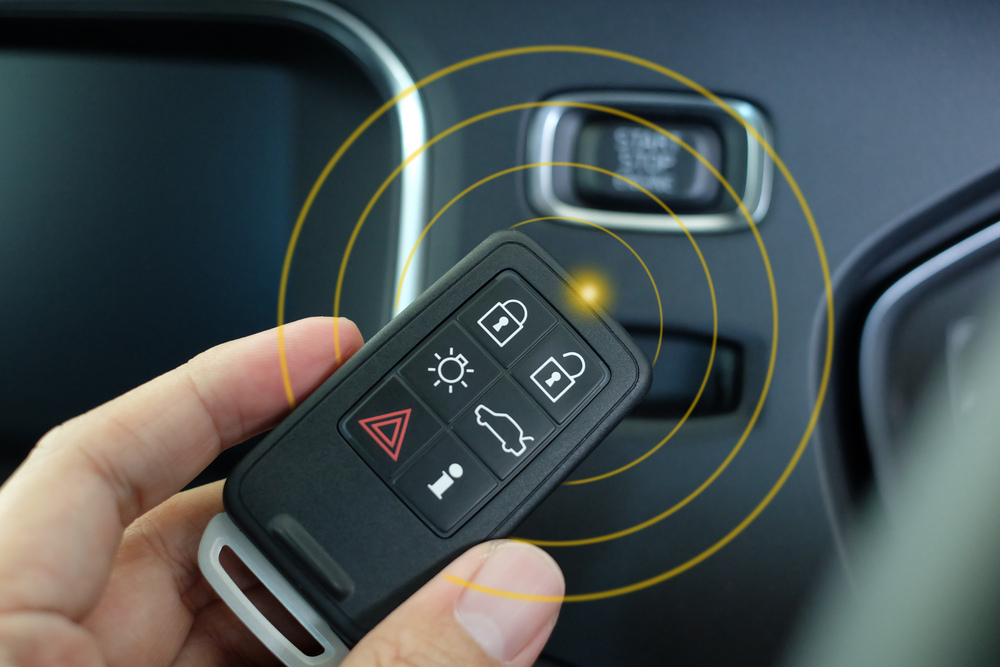
Keyless entry and start systems are designed for convenience, but some manufacturers have overcomplicated the process with multiple steps. In certain models, you might have to press the start button multiple times or follow a specific sequence to get the car running. These additional steps detract from the convenience that keyless systems are supposed to provide.
Driver Attention Monitoring Systems

Designed to help drivers stay focused, these systems often give false positives, alerting drivers to pay attention when they are already focused on the road. The constant buzzing or flashing warnings can become distracting in themselves, and drivers may find the system intrusive or unnecessary during short trips or familiar routes.
Complicated Parking Assist Features
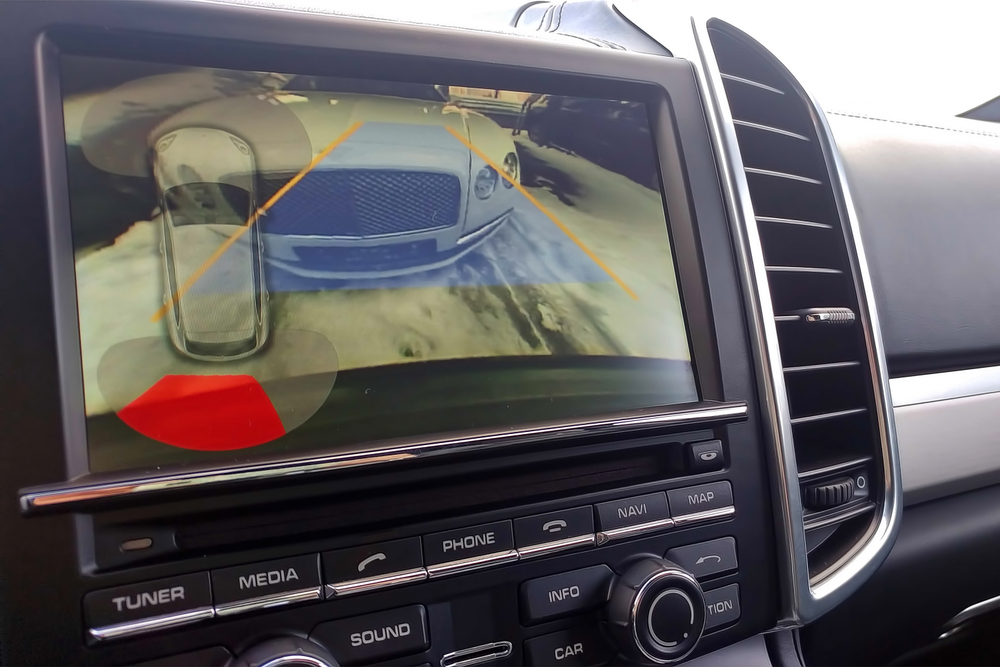
Parking assist can be a lifesaver, but in some cars, the feature is overly complicated and takes too long to set up. Drivers may have to navigate through multiple screens or settings just to activate the system, making it quicker to park manually. In real-world conditions, the system may struggle with tight spots or uneven parking lines, leading to a less-than-ideal experience.
Multifunction Steering Wheel Controls

Steering wheels are now packed with buttons for controlling everything from the audio to the phone and cruise control, but too many buttons crammed into a small space can lead to confusion. Drivers may accidentally press the wrong button or struggle to remember which button controls which feature, leading to more distraction than convenience.
This article originally appeared on MyCarMakesNoise.
More from MyCarMakesNoise
10 Hidden Challenges of Owning a Muscle Car

With their roaring engines and iconic silhouettes, muscle cars are the poster children of a bygone era of raw power and unbridled passion. But beneath their shiny hoods and alluring exteriors lie stories untold—of quirks, kinks, and occasional hiccups. Read More
20 Questions You Need to Ask Your Car Dealer Before You Buy

Buying a car is a significant investment, and it’s crucial to gather as much information as possible before making a decision. To ensure you’re fully informed and confident with your purchase, here are essential questions to ask your car dealer. Read More
10 Surprising Ways Electric Car Production Hurts the Environment

Electric cars, often lauded as the vanguard of sustainable transportation, glide silently on our roads, promising a future with reduced carbon emissions. But beneath the hood of this eco-friendly promise lie complexities that many overlook. Read More














